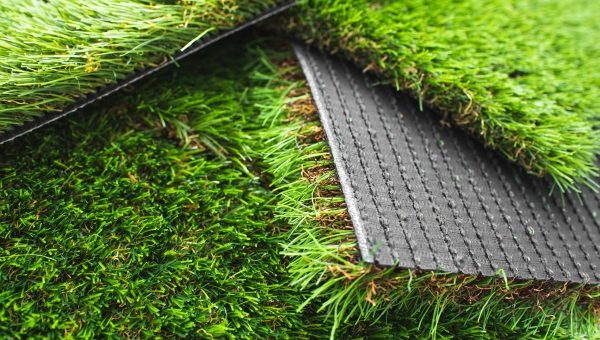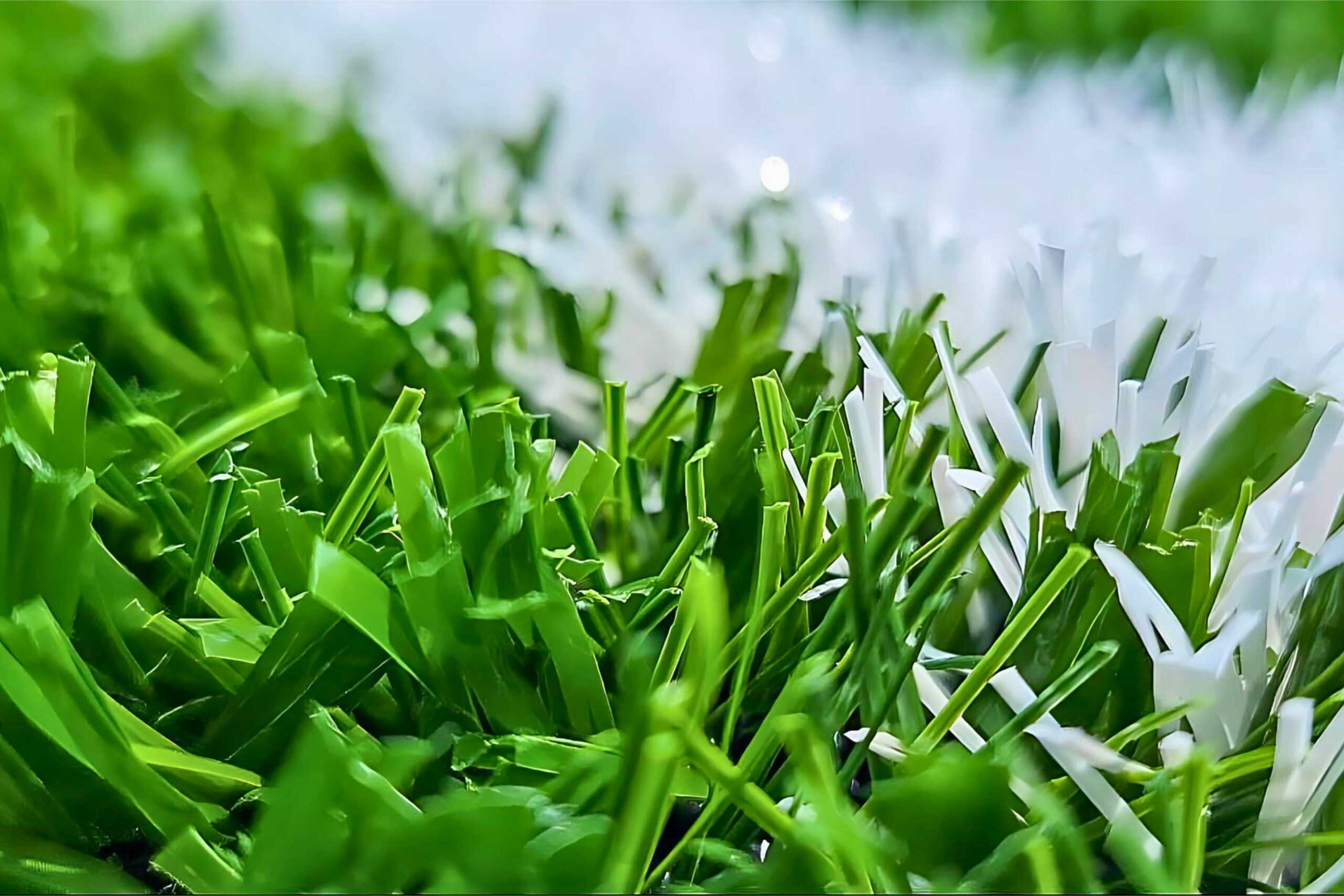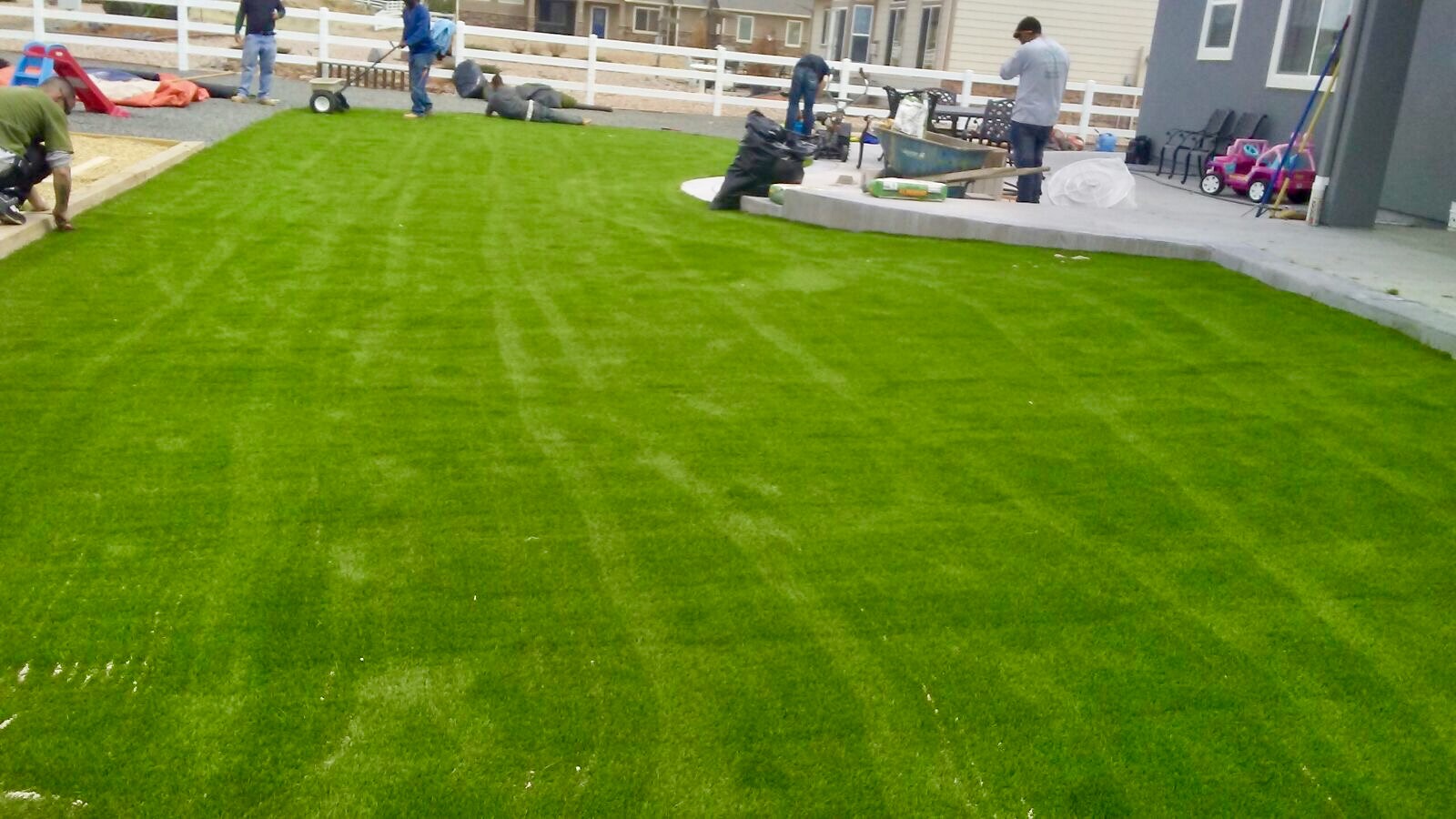Explore the Environmental Conveniences of Opting for Synthetic Grass Solutions
The adoption of fabricated turf remedies presents an engaging chance to deal with pushing environmental challenges. By considerably decreasing water usage and decreasing the application of harmful chemicals, these choices not just promote sustainable landscape design however also safeguard local ecological communities.
Water Conservation Advantages
One of the most substantial advantages of synthetic turf is its capability to conserve water. In contrast, fabricated grass does not need watering, substantially minimizing the general need for water resources.
By eliminating the need for regular watering, artificial turf adds to lasting landscape practices and aids alleviate the environmental effect of excessive water consumption. The conservation of water expands to the decrease of drainage, which can lead to soil erosion and river contamination.
Additionally, the installment of fabricated grass allows towns and property owners to allocate water resources extra efficiently, concentrating on necessary uses such as drinking water and farming. The shift towards synthetic grass not only promotes accountable water use but additionally lines up with more comprehensive environmental objectives targeted at protecting all-natural resources.
As neighborhoods increasingly prioritize sustainability, the water preservation advantages of synthetic grass provide an engaging situation for its adoption in commercial and household landscape design tasks.
Lowered Chemical Use
The transition to synthetic turf considerably decreases the reliance on chemical treatments typically utilized in natural turf maintenance. Traditional lawn monitoring generally involves the application of herbicides, pesticides, and plant foods to promote growth and control insects. These chemicals can posture threats to human wellness, local wildlife, and the atmosphere, contributing to dirt and water contamination.
In contrast, synthetic grass removes the requirement for these damaging compounds. Once mounted, it calls for very little maintenance, largely including regular cleaning and occasional infill replenishment. This reduction in chemical use not just profits the prompt setting however likewise adds to wider ecological security. By reducing the launch of artificial substances right into the community, synthetic grass promotes healthier dirt and water supply.
Additionally, the absence of chemical overflow linked with synthetic grass installations assists protect regional rivers from pollution, supporting marine life and keeping biodiversity. Artificial turf companies phoenix. As areas progressively prioritize sustainable methods, choosing synthetic grass offers a viable option that aligns with ecological preservation goals. With this shift, residential property proprietors can appreciate rich green spaces without compromising ecological health and wellness, leading the way for a much more sustainable future
Reduced Carbon Impact

In addition, the setup of man-made lawn can result in substantial water conservation. All-natural lawns need significant amounts of water for irrigation, which not just includes in the carbon impact associated with water extraction check my reference and therapy yet also strains regional water sources. In comparison, synthetic grass needs very little article source maintenance, needing no watering, therefore dramatically reducing water use and its connected energy prices.
In addition, the long life of fabricated lawn contributes to its lower carbon impact. With a lifespan of as much as 15 years or more, the requirement for regular replacements is reduced, leading to much less waste and reduced energy usage in production and taking care of conventional grass choices. On the whole, synthetic grass offers a sustainable alternative for environmentally aware landscaping.
Environment Preservation
Habitat preservation is a vital factor to consider in the argument over landscape design options, particularly when comparing synthetic grass to all-natural lawn. All-natural lawn lawns frequently require extensive upkeep, including the use of fertilizers, herbicides, and chemicals, which can detrimentally impact neighborhood ecosystems. These chemicals can seep into the dirt and waterways, harming indigenous flora and animals and interrupting neighborhood habitats.
In comparison, man-made grass offers a chance to reduce the eco-friendly footprint of landscape design. By choosing artificial turf, property owners can minimize the interruption of all-natural habitats related to traditional grass treatment practices. Synthetic grass removes the demand for dangerous chemicals, thereby securing close-by wild animals and preserving the integrity of bordering communities. The installation of synthetic grass can lead to the conversion of previous yard areas into more biodiverse landscapes, such as pollinator gardens or native plant areas, which can support regional wildlife.
Eventually, the transition to synthetic turf not just preserves water and lowers upkeep efforts but also cultivates an extra unified relationship between human tasks and the natural surroundings, advertising environment conservation while doing so.
Long-Term Sustainability
Long-term sustainability is a critical consider examining the benefits of synthetic grass over typical lawn lawns. One of one of the most considerable benefits of synthetic grass is its sturdiness; it can last up to 15-20 years with marginal maintenance, whereas natural yard needs frequent reseeding and substitute. This longevity lowers the requirement for constant resources, such as water, plant foods, and chemicals, which are important for keeping a healthy turf yard.
In addition, synthetic grass visit their website adds to a reduction in carbon emissions connected with yard care tools. Traditional yards typically call for gas-powered lawn mowers, trimmers, and blowers, all of which contribute to air contamination. Arizona artificial turf. On the other hand, synthetic grass eliminates the requirement for such tools, promoting a cleaner atmosphere
In addition, the production of synthetic grass significantly utilizes recycled materials, improving its sustainability account. As suppliers adopt environment-friendly practices, the environmental footprint of synthetic grass proceeds to diminish.

Conclusion
The adoption of synthetic grass services presents substantial environmental benefits, consisting of considerable water preservation, reduced reliance on dangerous chemicals, and a lower carbon impact. Furthermore, synthetic grass aids in protecting natural habitats by minimizing land disruption and advertising lasting sustainability with making use of resilient materials. Jointly, these aspects underscore the possibility of man-made turf to add positively to ecological health and wellness and provide a practical choice to standard landscaping practices in a progressively resource-conscious world.
In comparison, artificial lawn does not require watering, considerably reducing the general need for water resources. By decreasing the release of artificial compounds right into the community, artificial grass advertises healthier dirt and water systems.
Moreover, the installment of man-made lawn can result in substantial water conservation. In contrast, man-made grass requires minimal upkeep, calling for no watering, consequently dramatically decreasing water use and its associated energy expenses.
